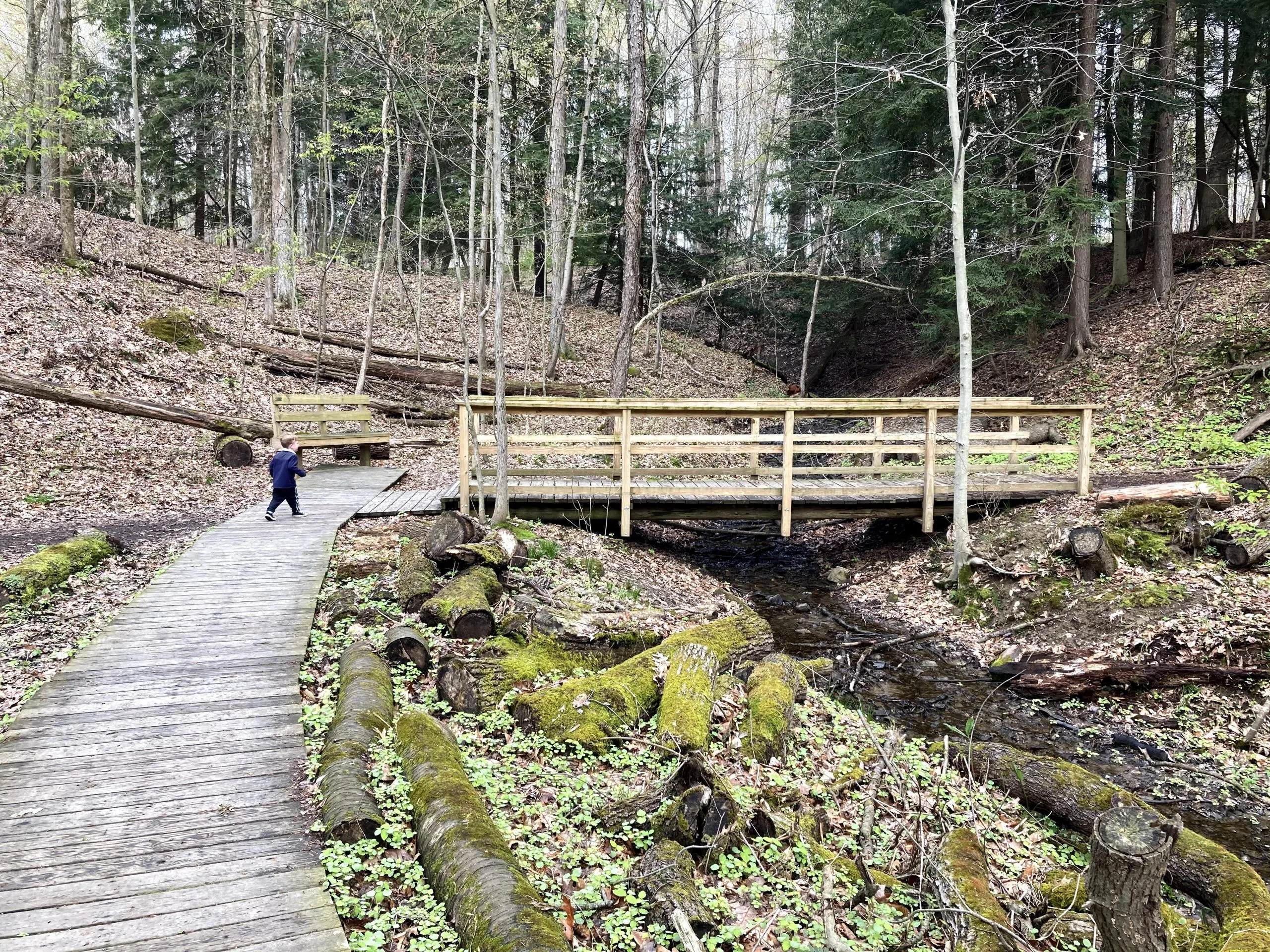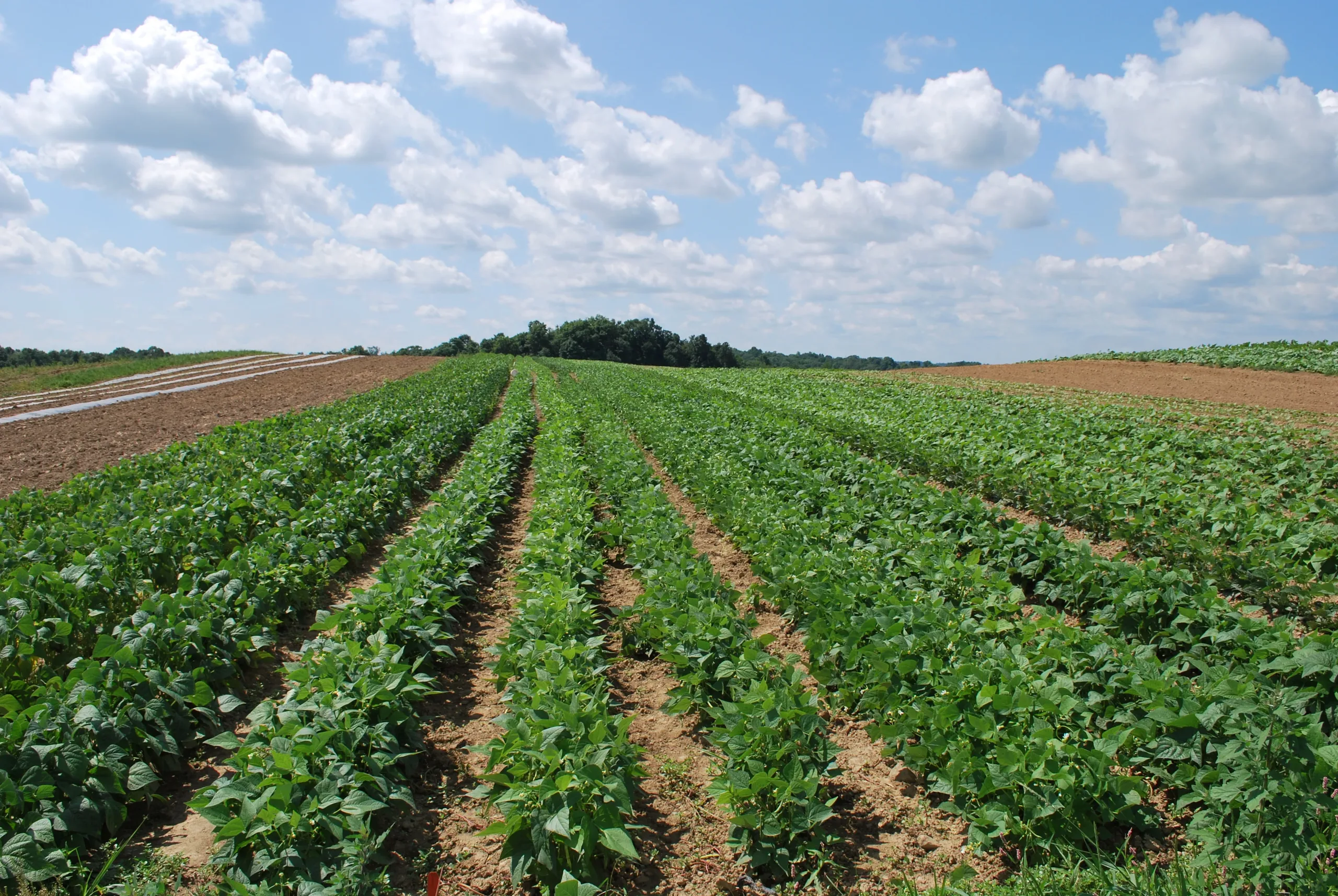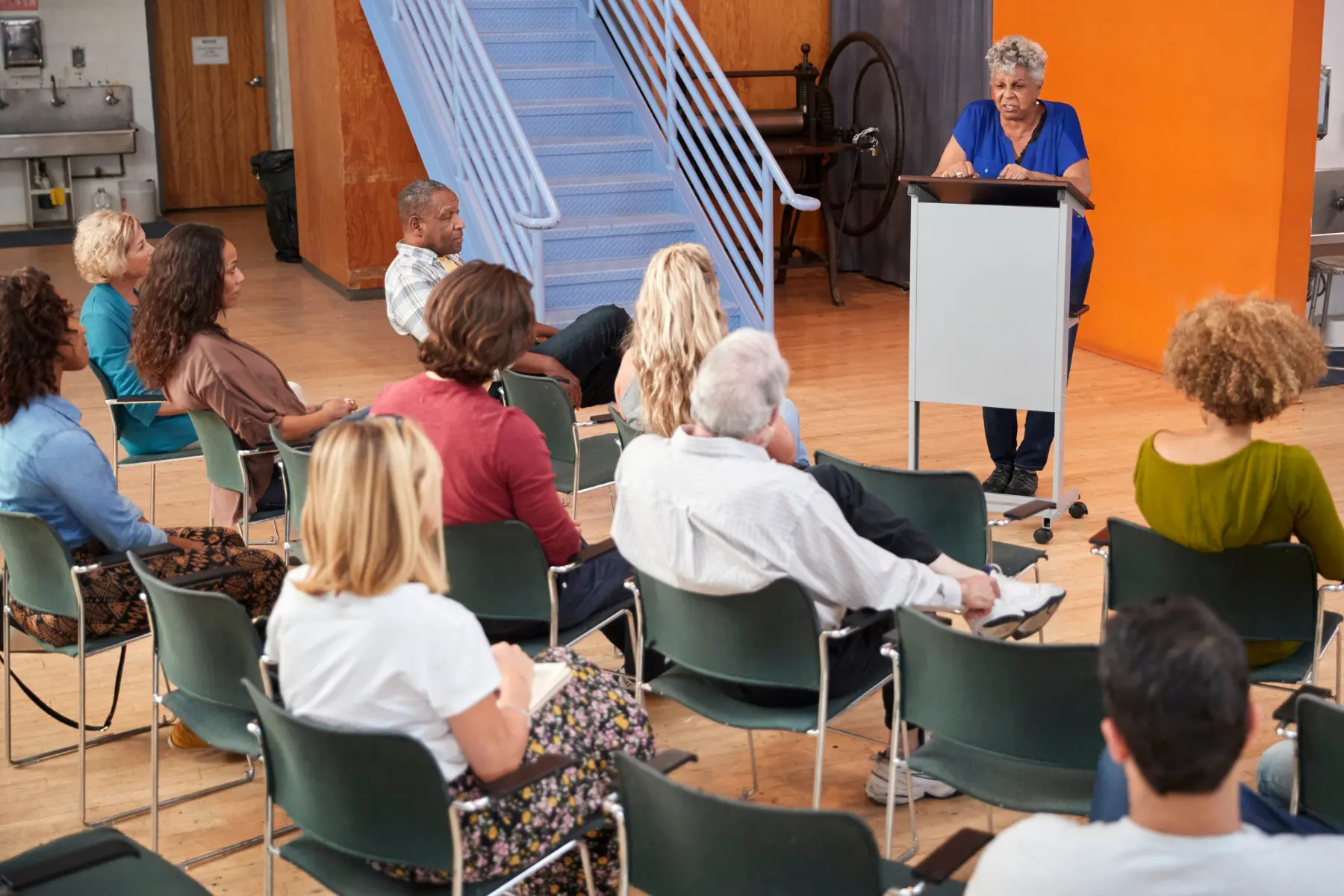
By Elizabeth Schuster, Environmental Economist
Empowering organizations to reflect their own values when making decisions
Much has been written about when not to give advice in personal relationships that it’s become meme worthy. When a friend or loved one comes to you for support they probably don’t want advice; they just want you to listen. How does that translate to giving advice as a so-called expert in a professional setting?
I remember a friend telling me that as a macroeconomist, she often hears economists saying that a certain option is more efficient or costs less. As such, “expert” economists typically recommend that you must choose that option. But, from my friend’s macro-economic perspective, that’s not necessarily good advice.
Better advice might be to say, for example, “Option A is more efficient or costs less. And Option B is more equitably distributed across society, overall benefiting more people. Option B may cost a little more, so if you choose Option B, you’d need a plan for how to fund Option B.”
This immediately made sense to me. As an environmental economist, I want to give people options. Also, I want to be transparent about the data considered and conclusions drawn so that decision makers can bring their own values to the choices they make.
It’s uncommon for nonprofits to make decisions purely based upon financial considerations
This is starting to get abstract, so here are some real examples.
- Land conservation nonprofit wants to know if the land they protect in rural areas or in densely populated areas has a better return on investment. An analysis might show that preserving a parcel of land in a rural area has more biodiversity benefits but will receive fewer hikers each year. A second parcel in a slightly more urbanized area has lower biodiversity benefits but doubles the number of visitors each year. Indeed, this is a common choice that comes up for conservation nonprofits. Even if one parcel is much less expensive than another, it is hard to objectively quantify the benefits in a comparable way. No economist can make this decision for your organization either, purely based upon data. Choosing which parcel will always be about the values, priorities and/or goals of your organization.

- An agricultural organization selecting where they will have more impact when launching a new regenerative agriculture program. Data shows that the organization could impact more acres of production by working with the 3 largest producers in the area. Or they could work with 20 smaller-scale producers and benefit more farmers but ultimately impact fewer acres of production. Again, this is a choice about values and priorities that no economic analysis can ever make for you.
In both examples, the cost of the purchase is only one factor and quantifying the benefits is a subjective exercise. Many other factors will influence the decision, such as:
- How many people benefit?
- Who benefits?
- Geographically, where do we see those benefits occur?
- Which factors do we value most from the ecological perspective – carbon sequestration, water quality, water quantity, or biodiversity?
- What are your organization’s goals and how does the decision align with organizational goals?
- Is this project filling a niche that other organizations are not otherwise covering?
10 questions for facilitators to ask to surface information on values and preferences
For a while now, it’s been clear to me that many factors– far beyond a cost-benefit analysis – influence our decision making processes. But I recently realized, I was still missing the mark at times: I was still making assumptions about what organizations wanted and valued.
I am an Environmental Economist who typically consults with nonprofit organizations on strategic planning and applied economics research. This year, I am working on asking more clarifying questions about what organizations value before I offer options. It’s easy for “experts” and consultants to make assumptions based upon our own values. (We can debate all day whether I’m an “expert” or if I’m more of a facilitator. I’ve learned that people often have strong opinions about the word expert!)
Either way, the point remains: I believe that the end result is better when I find ways to give clients more choices that reflect their OWN values – not my values.
Useful questions to consider when facilitating strategic planning for organizations:
- Does your organization want a highly focused strategic plan or would you prefer a broad plan that offers you many options?
- How would you describe your organization’s tolerance for risk?
- What are your preferences around innovation in your strategic planning? Would you prefer to (mostly) build upon current successes, explore innovative solutions, or aim to do both?
- Do you aim to engage communities in the process? What are your thoughts on working with previously underrepresented groups?
- Realistically speaking, how do you plan to track metrics once the strategic plan is finalized?
Useful questions to ask when designing a research project, typically in my world, for a conservation nonprofit or for an organization working with local food systems:
- Please describe the decision that you would like this research to inform.
- Who makes that decision and what data would that person need?
- Does the data need to be rigorous and statistically significant; do you want qualitative data and stories; or do you want a mix of quantitative and qualitative data?
- Which organizational goals will this research contribute to or inform?
- Are there any organizational values that you would like to see reflected in this research?
It’s rare that we can make decisions based upon data alone, that are objectively considered correct. We as consultants or experts offer more value when we support organizations in making choices by offering options.




